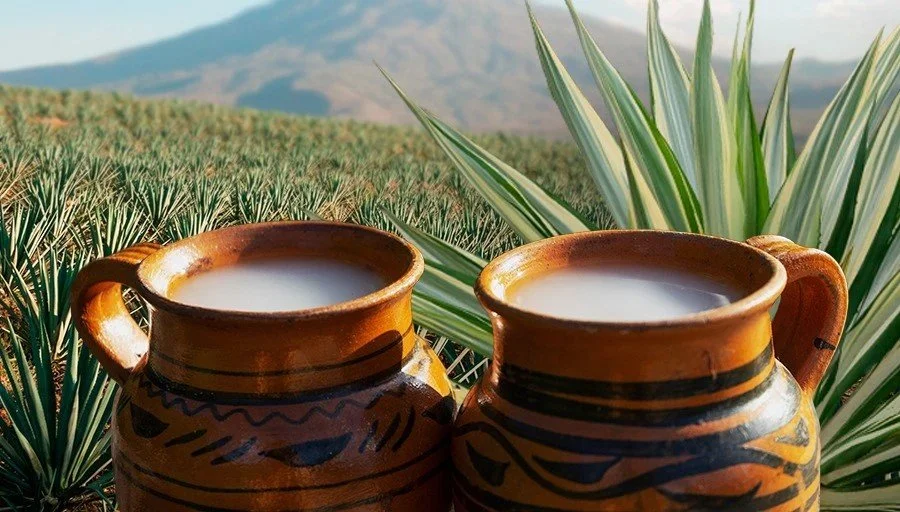Pulque is one of Mexico's oldest and most iconic traditional beverages, with a history that stretches back thousands of years. Made from the fermented sap of the maguey (agave) plant, pulque was a sacred drink for many pre-Hispanic civilizations, including the Aztecs, who considered it a gift from the gods. In fact, its consumption was initially restricted to priests, nobles, warriors, and the elderly, especially during religious ceremonies. The drink was believed to have divine origins, associated with the goddess Mayahuel and her children, the Centzon Totochtin—gods of drunkenness.As time passed, pulque became more widely consumed, evolving into a central part of rural and working-class Mexican life. During the colonial period and well into the 19th century, pulquerías—establishments dedicated to serving pulque—flourished throughout central Mexico, especially in states like Hidalgo, Tlaxcala, and Mexico City. These places were not just bars; they were cultural hubs where people gathered to socialize, listen to music, and discuss local events. Pulque, with its milky appearance and slightly sour taste, became a symbol of Mexican identity and pride.Before the rise of beer in the 20th century, pulque was the most popular alcoholic beverage in Mexico. It was deeply embedded in daily life and tradition, especially in rural areas. However, its prominence began to fade with the introduction and aggressive marketing of beer by foreign breweries. Beer was promoted as modern, clean, and elite—while pulque was increasingly stigmatized as a drink for the lower classes, despite its rich history and cultural roots. This shift led to a dramatic decline in pulque consumption throughout the 20th century.In recent years, though, there has been a resurgence of interest in pulque, particularly among younger generations and cultural enthusiasts. Many are now rediscovering its historical value and unique flavor, and pulquerías are once again becoming popular in urban areas. Pulque’s story is not just about a drink—it’s about tradition, resilience, and a deep connection to Mexico’s indigenous heritage. It stands as a testament to the country’s rich cultural tapestry, reminding us of the flavors and customs that have shaped Mexican identity through the ages.



